Pentagon Wants A Way To Capture High-Flying Spy Balloons
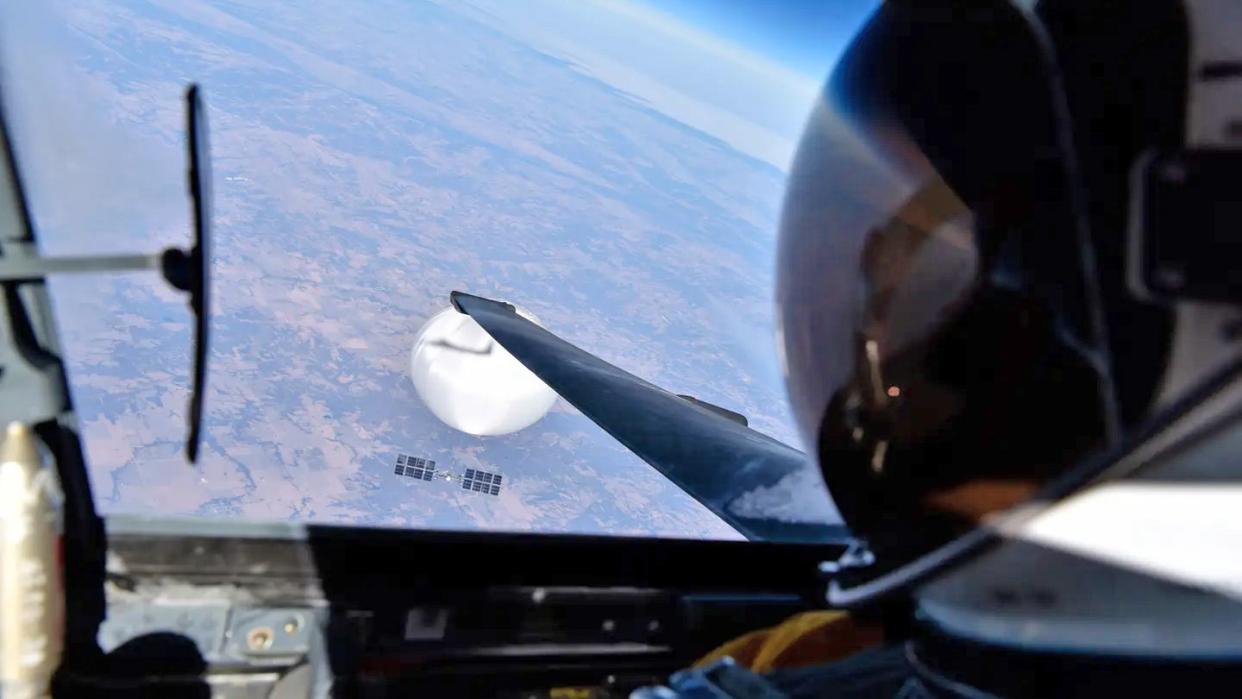
Future high-flying Chinese surveillance balloons that enter U.S. airspace could be captured in flight and brought to Earth, for a detailed analysis of their payload and capabilities. That, at least, is the aspiration outlined by the Pentagon’s research and development agency, although at this stage it remains unclear how that might be achieved. The development comes in the wake of multiple shoot-downs of flying objects over U.S. and Canadian airspace this year.
According to an article yesterday by Aviation Week’s Steve Trimble, the plan is taking shape under the appropriately named CAPTURE project, standing for Capturing Aerial Payloads to Unleash Reliable Exploitation. This is being run by the Defense Advanced Research Projects Agency (DARPA), responsible for the development of emerging technologies for use by the U.S. military.
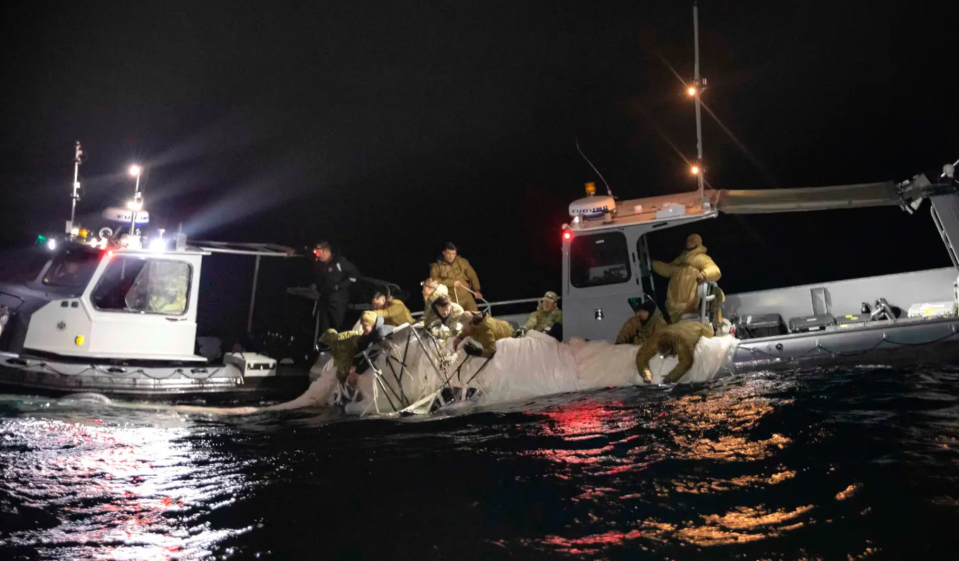
Details of CAPTURE were related to Trimble by Kyle Woerner, DARPA’s program manager. He explained that the program aimed to develop a means of bringing down surveillance balloons, and other high-altitude surveillance systems, “at a time and place of our choosing to minimize collateral damage, maximize usefulness of the recovered payload, and minimize the cost of the response.”
While such a concept would yield an intelligence windfall and perhaps even serve to dissuade China or other nations from sending high-altitude surveillance over North America in the first place, actually making it work is set to be a significant challenge. In particular, the target balloon in question might well be sailing upwards of 70,000 feet — on the edge of space, and twice the height of a commercial airliner.
https://twitter.com/stratoballoon/status/1621483867969409025?s=20
Nevertheless, DARPA is pressing ahead with CAPTURE, with management via the agency’s Small Business Innovation Research (SBIR) program, which directs funds to non-traditional manufacturers and technology firms. SBIR describes its role as funding “a diverse portfolio of startups and small businesses across technology areas and markets to stimulate technological innovation.” It has an annual budget of approximately $150 million.
Normally, the SBIR process includes two phases, but in the case of CAPTURE, it will move straight to an SBIR XL Phase 2 award, which could be worth up to around $4 million with an option to add another $500,000. While receiving a greater budget share than a standard SBIR effort, the total funds are still well short of a more traditional DARPA program.
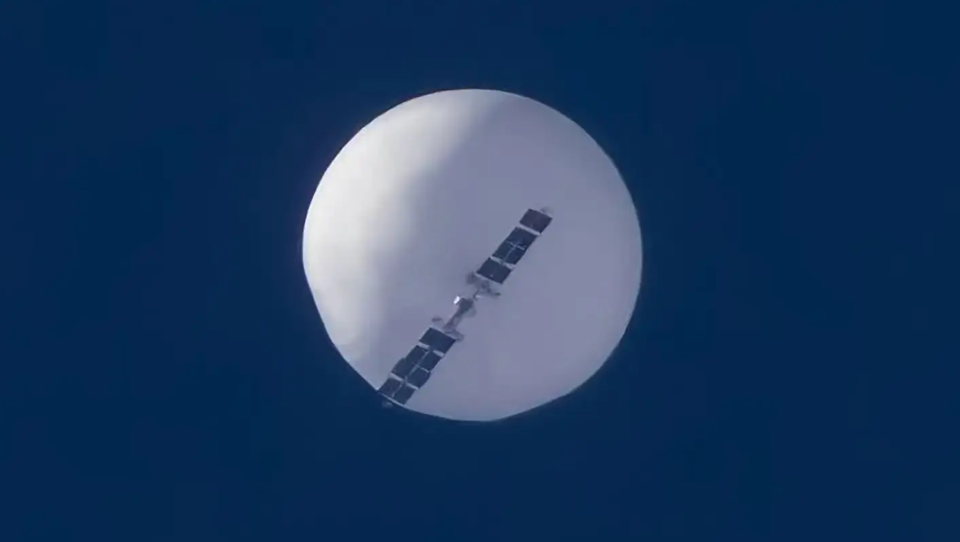
Should a company be chosen to receive this investment, it will be expected to demonstrate a viable CAPTURE solution to secure a high-altitude asset. The company won’t, however, have to demonstrate the system under operationally realistic conditions.
Instead, as Woerner explained to Steve Trimble, the emphasis is on removing the risks involved with the broader concept, tackling the biggest challenges that might stand in the way of a future program of record for a production-level CAPTURE system.
That means that we won’t likely see a fully functioning CAPTURE system being put to the test against a high-flying target any time soon. More likely is that DARPA will instead be left with a viable concept that could eventually be put to use in an operational context.
“If successful in a minimum viable program, DARPA may choose to further invest to mature such a technology, often with the support of our military service partners,” Woerner told Aviation Week.
Of course, the fact that a surveillance balloon operated by a potentially hostile nation might be flying at an altitude of 75,000 feet (at least that is what DARPA mentions as an altitude figure) or more is just one of the problems to be addressed. Few manned aircraft can even approach this kind of ceiling in a sustained manner, with examples being the U.S. Air Force’s F-22A Raptor stealth fighter and the soon-to-be-retired U-2S spy plane.
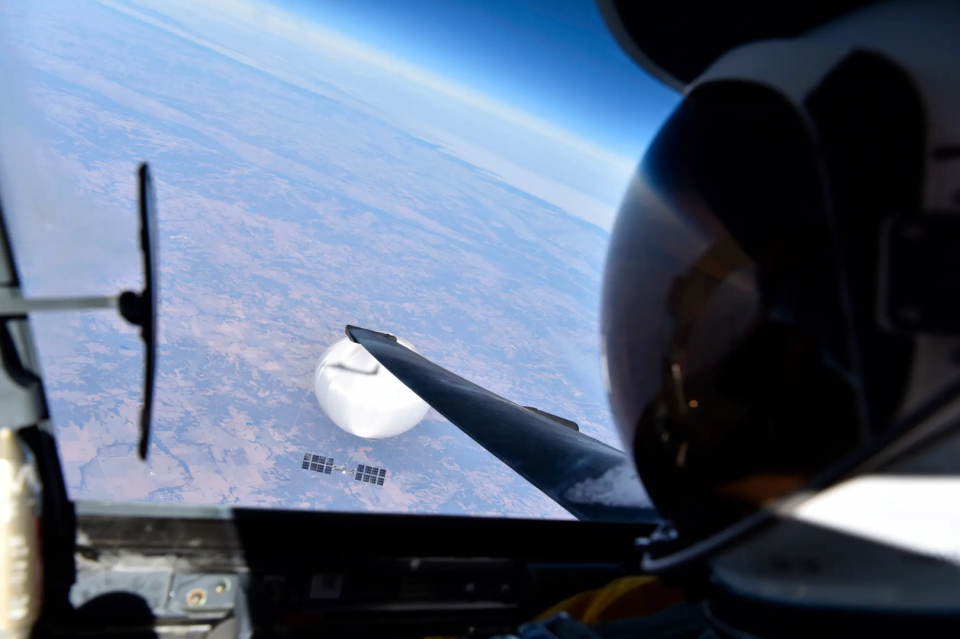
It is worth noting, too, that during the Cold War, the Soviet Union went to great lengths to develop a dedicated balloon-interceptor aircraft, after existing fighter jets and anti-aircraft missiles proved to be not entirely effective against the balloons. The Myasishchev M-17 Mystic-A, which you can read about here, was only intended to intercept and shoot down balloons, not retrieve them, but it still proved to be a challenge to realize.
Once the CAPTURE system gets to the altitude of the balloon or other high-flying asset, it will need to somehow secure it, at which it can either gather the relevant payload or, better still, the whole vehicle. This is without accounting for the possibility that the targeted vehicle might be maneuvering to avoid capture, or otherwise employing countermeasures to frustrate efforts to retrieve it.
In the past, the U.S. Air Force used adapted C-119 and C-130 transport aircraft to capture film canisters released by Corona spy satellites. However, these payloads were only around the size of a garbage can and were descending under a parachute. The aircraft then met them at far lower altitudes, around 12,000 to 15,000 feet.
https://www.youtube.com/watch?v=Q2YQqAnEN_0
However, using a transport aircraft at a lower altitude might still be an option, providing that the target balloon can be brought down tens of thousands of feet in a controlled way. That might require CAPTURE to have a means of deflating the gas envelope and then securing the balloon to a parachute.
Speaking to Aviation Week, one analyst, Luis Pacheco, the editor of StratoCat, a website specializing in stratospheric balloons, raised the possibility of “some kind of ‘harpoon’ or similar device which could make the balloon burst and at the same time hook the bag to a big parachute to lower the descent.”
Then, CAPTURE will need to have some means of transporting the asset back to the ground safely, and in a predictable way, avoiding any damage to potentially highly sensitive sensors and avionics. The size of the largest Chinese surveillance balloons, for example, also means they can’t be safely brought down in or near populated areas.
Indeed, the weight of the largest high-altitude balloons, like the one that was shot down by an F-22 off the coast of South Carolina last February 4, is said to be in the region of “thousands of pounds.” The CAPTURE program is setting its sights on smaller balloons and flying objects, at least for the time being, as it seeks a means of retrieving assets weighing between 500 and 1,500 pounds.
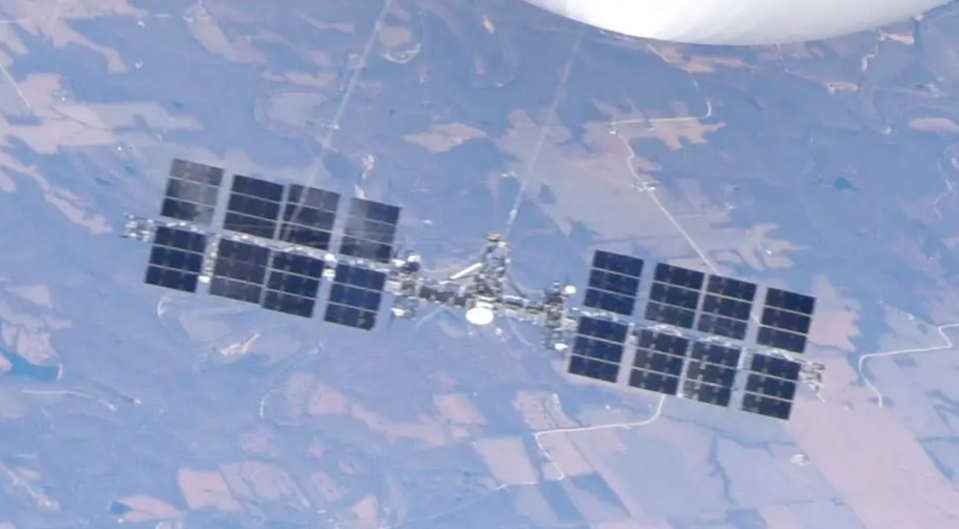
Importantly, the scenario outlined here implies that the targeted high-flying object has been identified in a timely way and that the CAPTURE system is able to be deployed quickly enough to actually intercept and retrieve it.
In an operational situation, this is much less likely to be the case. With that in mind, CAPTURE would need to respond “within hours of an engagement decision.” That would seem to pose a particular challenge in getting the system to the target area, quickly.
https://twitter.com/Video_Forensics/status/1622037298073464834?s=20
DARPA also says it wants the system to be able to cover potential high-altitude airspace incursions by objects either within or approaching any sovereign U.S. airspace. This means that CAPTURE would have to be able to respond to contingencies over an enormous geographical range, not just limited to the continental United States, but also Hawaii and Guam, for example.
https://twitter.com/adegrandpre/status/1621329811653132289?s=20
To what degree that is achievable remains highly questionable, although there is meanwhile no doubt that Chinese high-altitude surveillance balloons have entered U.S. airspace multiple times before, including in these specific locations, as we have explored in the past. This topic is also intertwined to a troubling degree with the issue of unidentified aerial phenomena (UAP), better known by UFOs. Adversaries spying on the U.S. and its most advanced military capabilities using lower end technologies like balloons and drones is a reality The War Zone was first to discuss years ago.
As Politico confirmed in May this year, the Pentagon is aware of a large-scale Chinese balloon spying program that has spanned years, with many sightings of unidentified aerial phenomena off U.S. coasts in military training areas actually being the result of adversaries’ operations.
“At lower levels, officials have tracked multiple instances of balloon activity over U.S. territories in recent years. One of the Trump-era balloons hovered over Guam, according to two U.S. officials. And in 2020, the intelligence community assessed that much smaller balloons detected off the coast of Virginia were Chinese radar-jamming devices, according to a former senior DoD official.”
Aside from the practical questions about CAPTURE, there’s no doubt that the Pentagon is very seriously thinking about how it can respond, in the future, to high-altitude aerial incursions, whether by balloons or other vehicles.
This reality was brought into much sharper focus earlier this year, during the February 4 incident in which an F-22 Raptor used a heat-seeking AIM-9X Sidewinder missile to shoot down a Chinese spy balloon that had been traversing North America in a very public episode. After the engagement, portions of the balloon were recovered, but CAPTURE indicates that there is a requirement for a closer analysis of what these balloons and others like them carry.
https://www.youtube.com/watch?v=bUwvJ_RU2D4
Three more objects flying over the United States and Canada were also brought down by Air Force fighters, earlier this year. The U.S. government insists that those still-unidentified objects were likely benign, but nothing was recovered in those instances and no imagery of them has been released to date to support this assessment. Once again, this would seem to point to the need for the technologies outlined in the CAPTURE program.
The deadline for companies to respond to DARPA’s CAPTURE requirement is September 21. With no shortage of challenges, any responses are likely to be highly innovative. However, it remains to be seen whether it really is feasible to pluck a high-flying spy balloon out of the stratosphere and bring it safely to Earth for study.
Contact the author: thomas@thedrive.com

